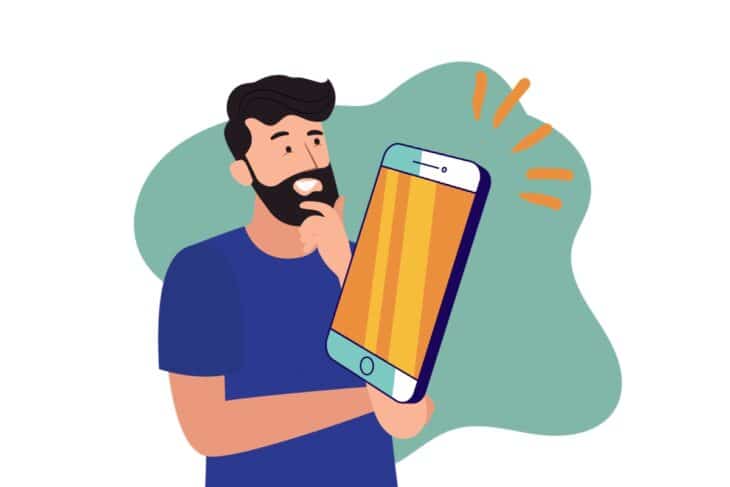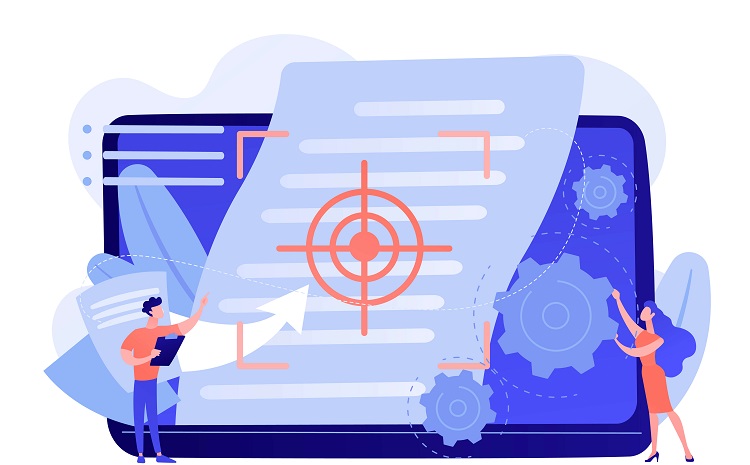I remember the days when our phones would last a week on a single charge, but the screens were tiny, and the most exciting thing they did was play ‘Snake’. Fast forward to today, and our phones are essentially pocket-sized computers.
But with all their capabilities, there’s one thing that often irks me: the display turns off just when I need it to stay on.
Whether I’m following a recipe, reading an e-book, or showing off vacation photos, there have been countless times I’ve wished my screen would stay on just a tad longer. So, I’ve gone over the settings of both Android and iPhone devices countless times to test all the options and now I can help you as well.
Table of Contents
ToggleWhat is Screen Timeout?
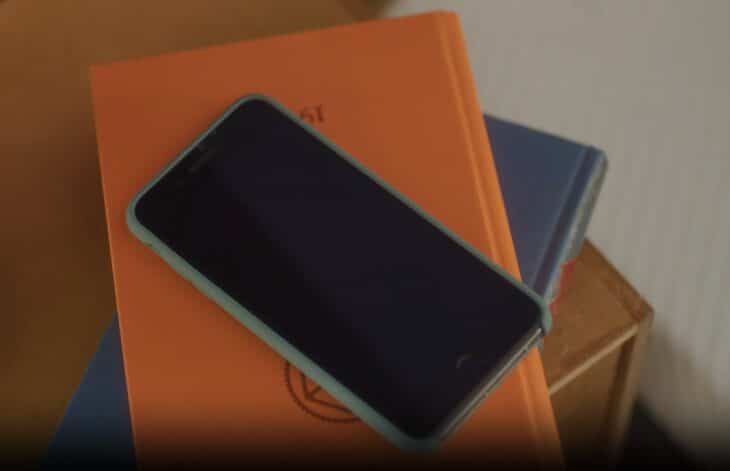
Screen timeout refers to the period of inactivity after which your phone’s display automatically turns off. It’s a power-saving feature that’s been around since the early days of mobile phones. The primary purpose is to conserve battery life, especially when the phone is not being actively used.
However, there are instances when this feature can be more of a hindrance than a help. For example, when you’re following a recipe and need to keep glancing at your phone, or when you’re on a video call and don’t want the display to go dark.
Why Adjust It?
Adjusting the screen timeout can be beneficial for various reasons. Firstly, it can enhance user experience, especially when engaged in tasks that require prolonged display interaction. Secondly, it can be a matter of personal preference.
Some users might prefer their screens to stay on longer during certain activities, while others might want them to turn off quickly to conserve battery.
However, it’s essential to strike a balance. Keeping your display on indefinitely can lead to faster battery drain and potential screen burn-in, especially with OLED displays. Hence, it’s crucial to adjust the settings based on your needs and usage patterns.
Before you proceed, if you’re unsure about how to access the settings menu on your phone, you may want to check out our comprehensive guide on how to navigate to your phone’s settings menu.
How To Adjust Screen Timeout on Android?
Android, being an open platform, offers a plethora of customization options, including adjusting the screen timeout. The steps might vary slightly based on the manufacturer and the version of Android you’re using, but the general process remains the same.
To begin with, you’ll need to access the display settings on your Android device. Here’s a step-by-step guide:
- Open the ‘Settings’ app on your Android phone.
- Scroll down and tap on ‘Display’. This section houses all the settings related to your phone’s display, including brightness, wallpaper, and of course, screen timeout.
- Once you’re in the Display settings, you’re just a few taps away from adjusting the screen timeout to your preference.
Set Your Preferred Timeout Duration
Within the Display settings tap on ‘Screen timeout’ or ‘Sleep’, depending on your device’s terminology. You’ll see various options ranging from 15 seconds to 30 minutes or even “Never turn off”. Choose the duration that suits your needs.
While it might be tempting to select a longer duration or “Never turn off”, it’s essential to consider the implications on battery life and display longevity.
What About the iPhone?
iPhones make it straightforward to adjust screen timeout. The iOS platform might not offer as many customization options as Android, but it provides a seamless experience for basic adjustments.
Access Display & Brightness Settings
On an iPhone, the screen timeout settings are nestled within the Display & Brightness settings. Here’s how to get there:
- Open the ‘Settings’ app on your iPhone.
- Scroll down and tap on ‘Display & Brightness’. This section contains settings related to your iPhone’s display, including brightness, text size, and screen timeout. Navigating to this section is the first step in customizing your iPhone’s screen timeout settings.
Adjust Auto-Lock Duration
Once you’re in the Display & Brightness settings, tap on ‘Auto-Lock’. You’ll be presented with options ranging from 30 seconds to 5 minutes, and an option for “Never”. Choose the one that aligns with your requirements.
As with Android, it’s crucial to remember the implications of setting a longer duration or choosing the “Never” option. While it might be convenient, it can have repercussions on battery life and overall device performance.
Advanced Tips for Prolonged Display Usage
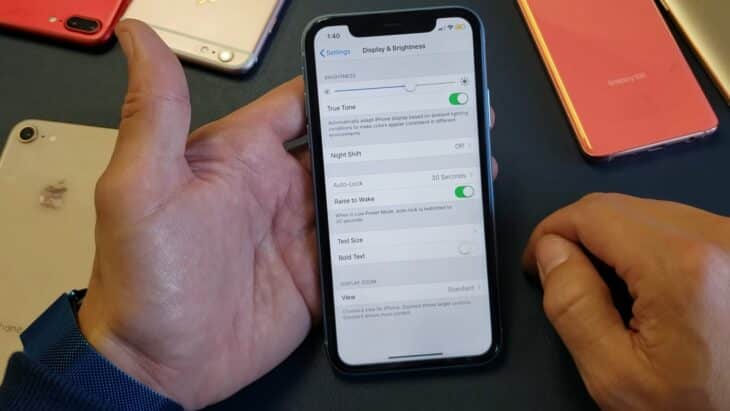
Beyond the basic settings, there are advanced strategies and tools that can help you optimize your screen on time. These methods can be especially useful for power users or those with specific needs.
For instance, if you often share content from your phone to a larger display, ensuring a seamless screen mirroring experience can be crucial. However, if you encounter issues with this feature, understanding why screen mirroring might not be working can help troubleshoot and resolve these problems swiftly.”
Use Smart Stay on Android
Some Android devices, especially those from Samsung, come with a feature called “Smart Stay.” This feature uses the front camera to detect if you’re looking at the display. If it senses your eyes on the display, it prevents the screen from turning off.
To activate Smart Stay, head to ‘Settings’ and then ‘Advanced features’. Look for ‘Smart Stay’ and toggle it on.
While this is a nifty feature, it might consume additional battery since it requires the camera to periodically check for your presence.
Guided Access on iPhone
Guided Access is an iOS feature that can help you keep your iPhone’s display on for longer durations, especially during specific tasks. It’s primarily designed for accessibility but can be repurposed for our needs.
- Go to ‘Settings’, then ‘Accessibility’.
- Under ‘Touch’, find ‘Guided Access’ and turn it on.
- Once activated, you can triple-click the side or home button in any app to start a Guided Access session, which keeps the iPhone screen on until you end the session.
This feature is particularly useful for presentations or when showing content to others without interruptions.
What Happens If You Keep Your Screen On?
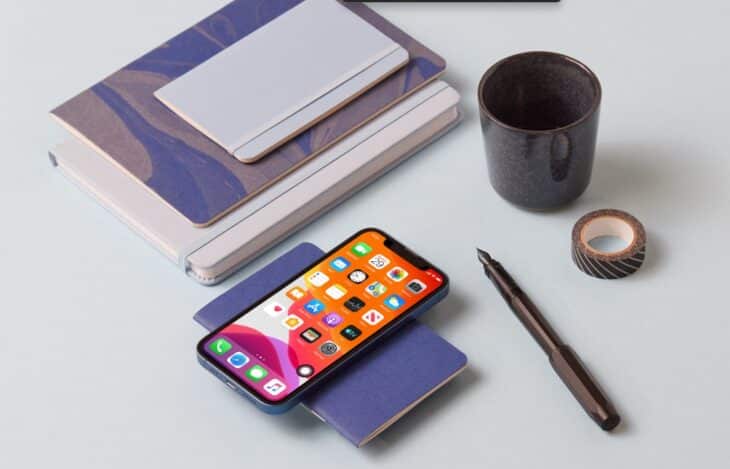
While keeping your display on for extended periods can be beneficial, it’s essential to understand the implications and take necessary precautions.
Shortened Battery Life
One of the most apparent consequences of prolonged screen on-time is the rapid depletion of battery life. The display is one of the most power-consuming components of a smartphone.
If you find your battery draining faster than usual, consider reducing the display brightness or using dark mode, which can be less taxing on certain OLED screens.
Always keep a charger or a power bank handy, especially if you anticipate needing your screen on for extended periods.
Screen Burn-In and OLED Displays
OLED displays, commonly found in many high-end smartphones, are susceptible to a phenomenon called “burn-in.” This happens when static images remain on the screen for extended periods, leading to uneven wear on the display’s organic compounds.
If your device has an OLED screen, it’s advisable to avoid static images or user interface elements for prolonged durations. Use features like screensavers or dynamic wallpapers, which can help in moving the pixels around, reducing the chances of burn-in.
FAQs:
Can prolonged display time affect the overall lifespan of my phone?
While the primary concern with prolonged screen on-time is battery drain and potential screen burn-in (especially with OLED displays), it shouldn’t significantly affect the overall lifespan of your phone.
However, consistently running your battery down can reduce its longevity over time.
Is there a way to set different screen timeout durations for different apps?
By default, both Android and iPhone don’t offer this feature. However, some third-party apps or custom Android ROMs might provide such advanced functionalities. Always ensure you’re making changes with trusted software to avoid potential security risks.
Does display brightness level impact how quickly my battery drains with prolonged screen time?
Absolutely. Higher display brightness levels consume more power. If you’re keeping your screen on for extended periods, consider reducing the brightness or using adaptive brightness settings to optimize battery consumption.
Can I set my phone to only prolong this when it’s charging?
Some Android devices offer a “Stay awake” option in the Developer Options that keeps the screen turned on while charging. However, this isn’t a standard feature on all phones or on iPhones. Third-party apps might offer this functionality.
If I frequently adjust my settings, can it harm my device or cause software issues?
No, frequently adjusting your screen timeout settings won’t harm your device or cause software issues. These settings are made to be user-adjustable and doing so is just a part of personalizing your device to your preferences.
Final Words
And there we have it! Over the years, I’ve realized that while technology continually evolves, sometimes it’s the simplest tweaks that can make the most significant difference in our daily tech interactions.
Adjusting screen timeout settings might seem trivial, but it can greatly enhance our smartphone experience. It’s all about making the technology work for you, not the other way around.
